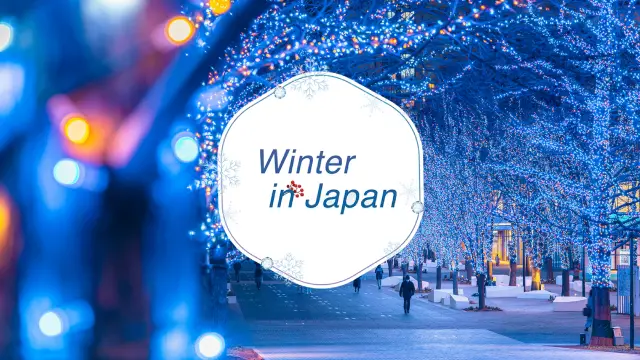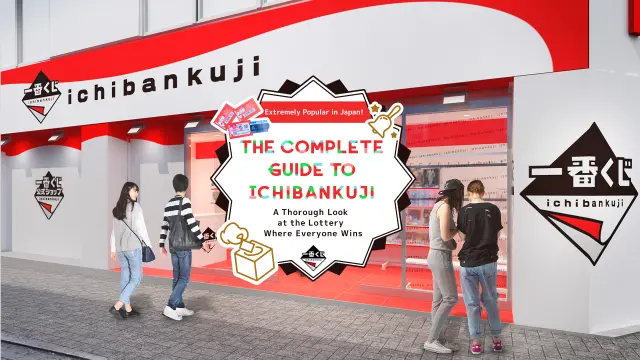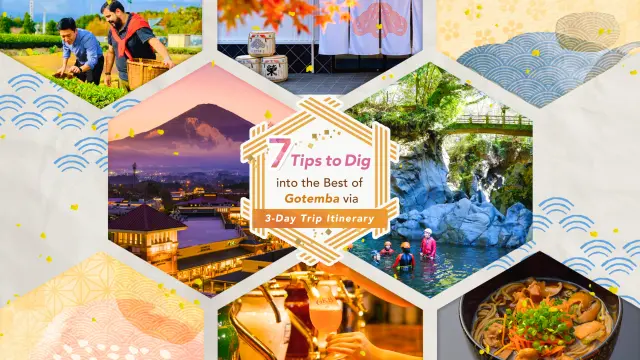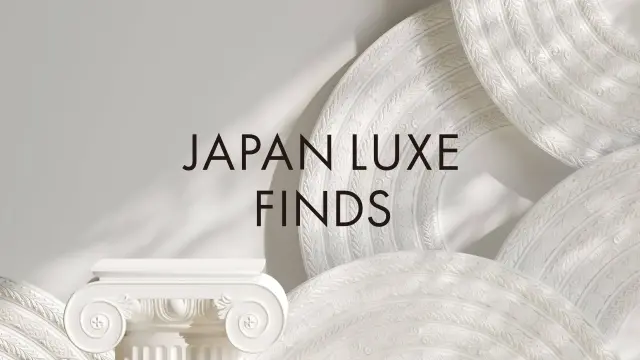![[Gifu City Sample Itinerary] An Unforgettable Trip in Gifu, the City Tied to the Legend and Warlord Oda Nobunaga.](https://static.gltjp.com/glt/data/article/21000/20590/20240130_152022_e2509bbc_w640.webp)
[Gifu City Sample Itinerary] An Unforgettable Trip in Gifu, the City Tied to the Legend and Warlord Oda Nobunaga.
Oda Nobunaga (1534-1582), a charismatic legend from the Sengoku period (circa 1467-1615), is known for toppling countless rival warlords and nearly unifying Japan. History tells that he kept Gifu as a strategic base during his long campaign, playing a crucial roll as he pursued national unification. Step inside today to see the city of Gifu dotted with landmarks linked to Nobunaga like Gifu Castle and other acclaimed sites that carry all the pomp and circumsstance of a real Nobunaga welcome.


























